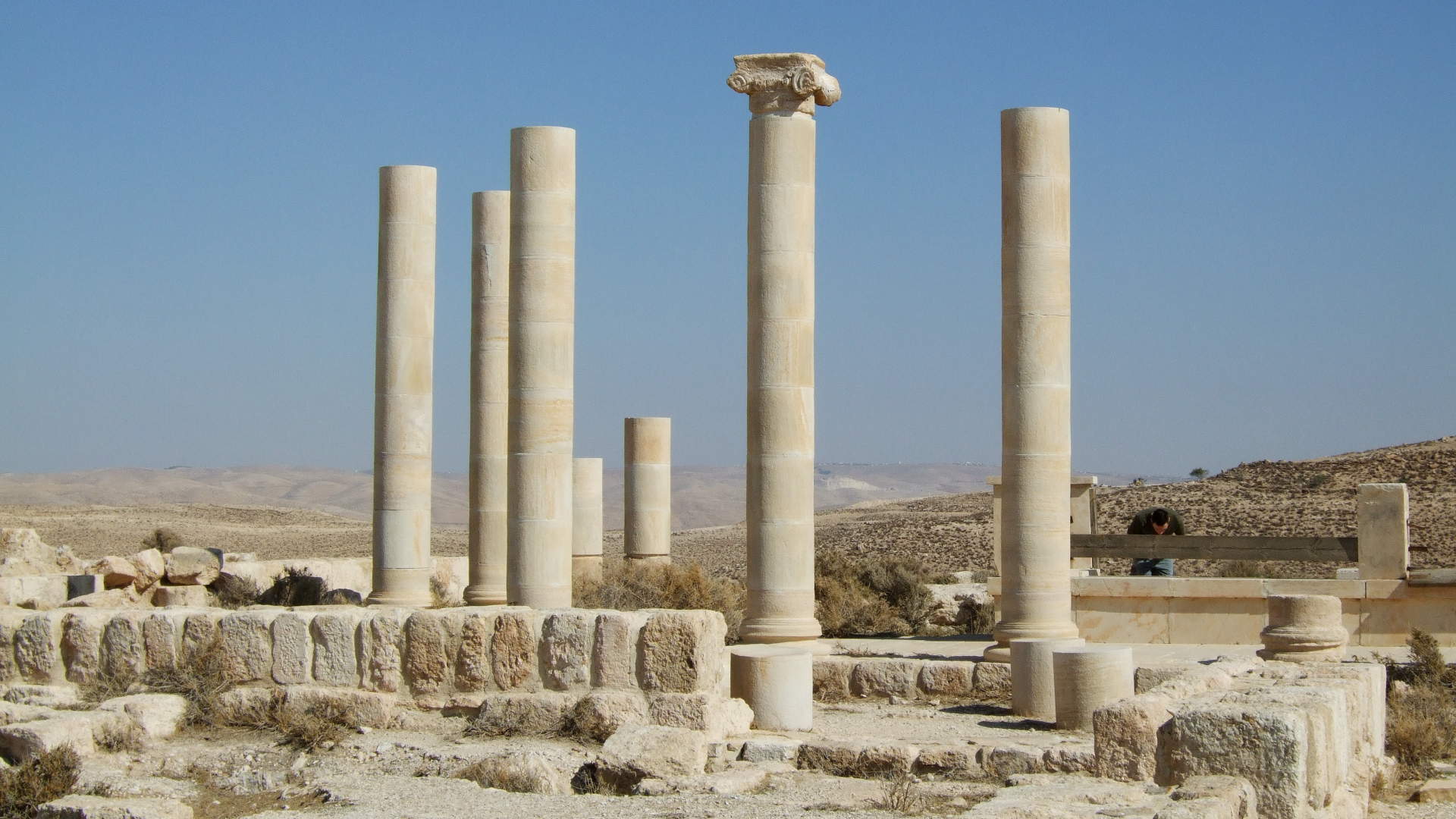
Mukawir
The 1st century AD Roman-Jewish historian Josephus identified the awe-inspiring site of Machaerus (modern-day Mukawir) as the palace-fortress of Herod Antipas, the Roman-appointed regional ruler during the life of Jesus Christ. It was here, at this hilltop fortified palace overlooking the Dead Sea region and the distant hills of Palestine and Israel that Herod imprisoned and beheaded John the Baptist. He was beheaded after Salome’s fateful dance. (Matthew 14:3-11)
On a clear night you can easily make out the lights of Al-Quds (Jerusalem) and Ariha (Jericho). Far removed from the tourist circuit, the quiet of this area transports you back into Biblical times. Indeed, shepherds and their flocks still find shelter in the myriad caves and grottoes around Machaerus. Hike down towards the Dead Sea from Machaerus and you will truly feel that you are on top of the world.
known locally as Qala’at al-Meshneq (Castle of the Gallows),one of a series of hilltop strongholds established by Herod the Great — the father of Antipas — along the edge of the Jordan Valley and Dead Sea.
Protected on three sides by deep ravines, it afforded seclusion and safety in times of political unrest. Fire signals linked Machaerus to Herod’s other fortresses and to Jerusalem.
On top of the mountain, more than 1100 metres above the Dead Sea, Herod erected a fortress wall with high corner towers. In the centre he built a palace that was “breathtaking in size and beauty”, according to Josephus. Numerous cisterns were dug to collect rainwater.
When Herod the Great died in 4 BC, Machaerus passed to his son Herod Antipas, who ruled Galilee and Perea (an area on the eastern side of the Jordan River) until AD 39.
